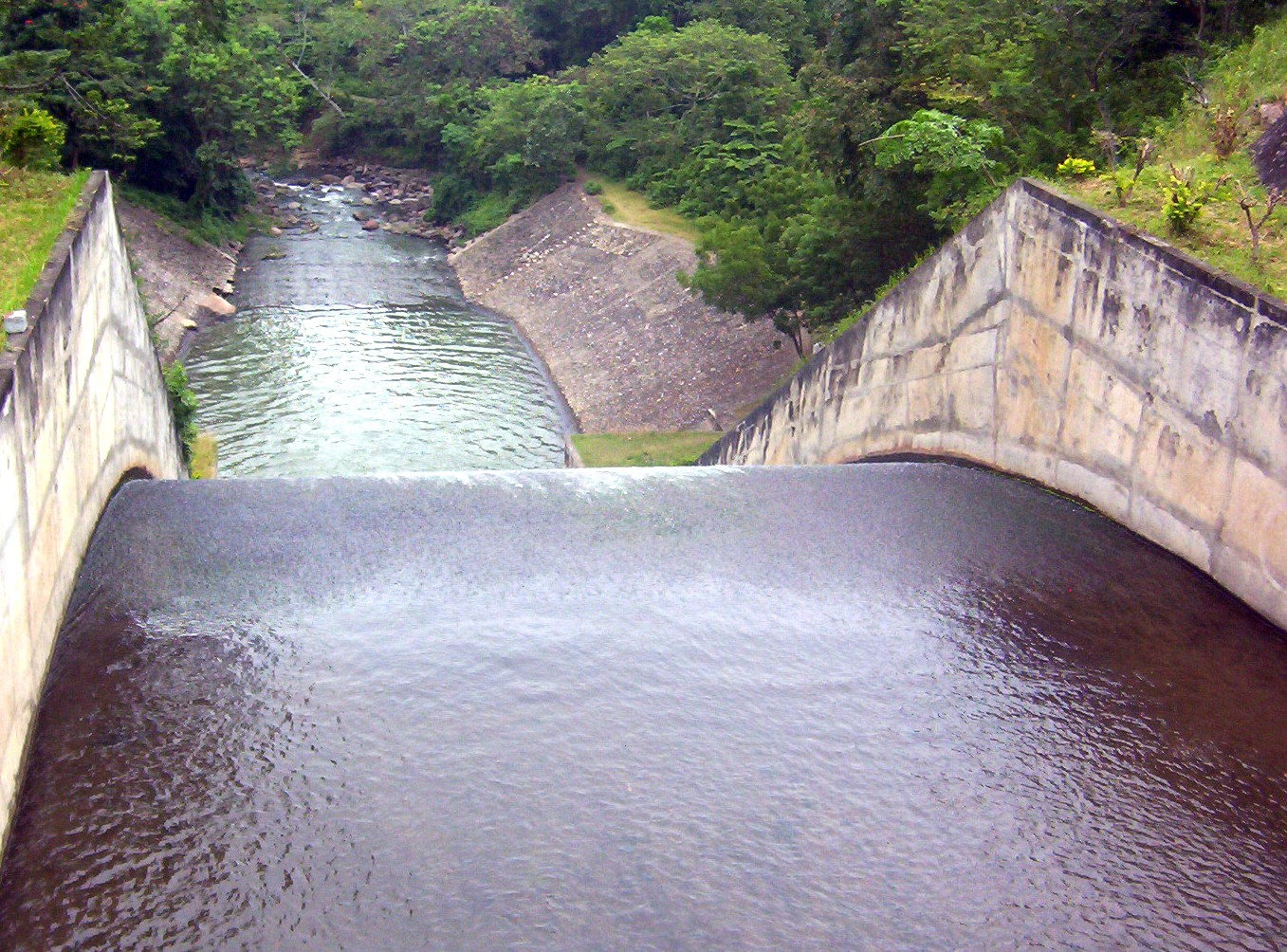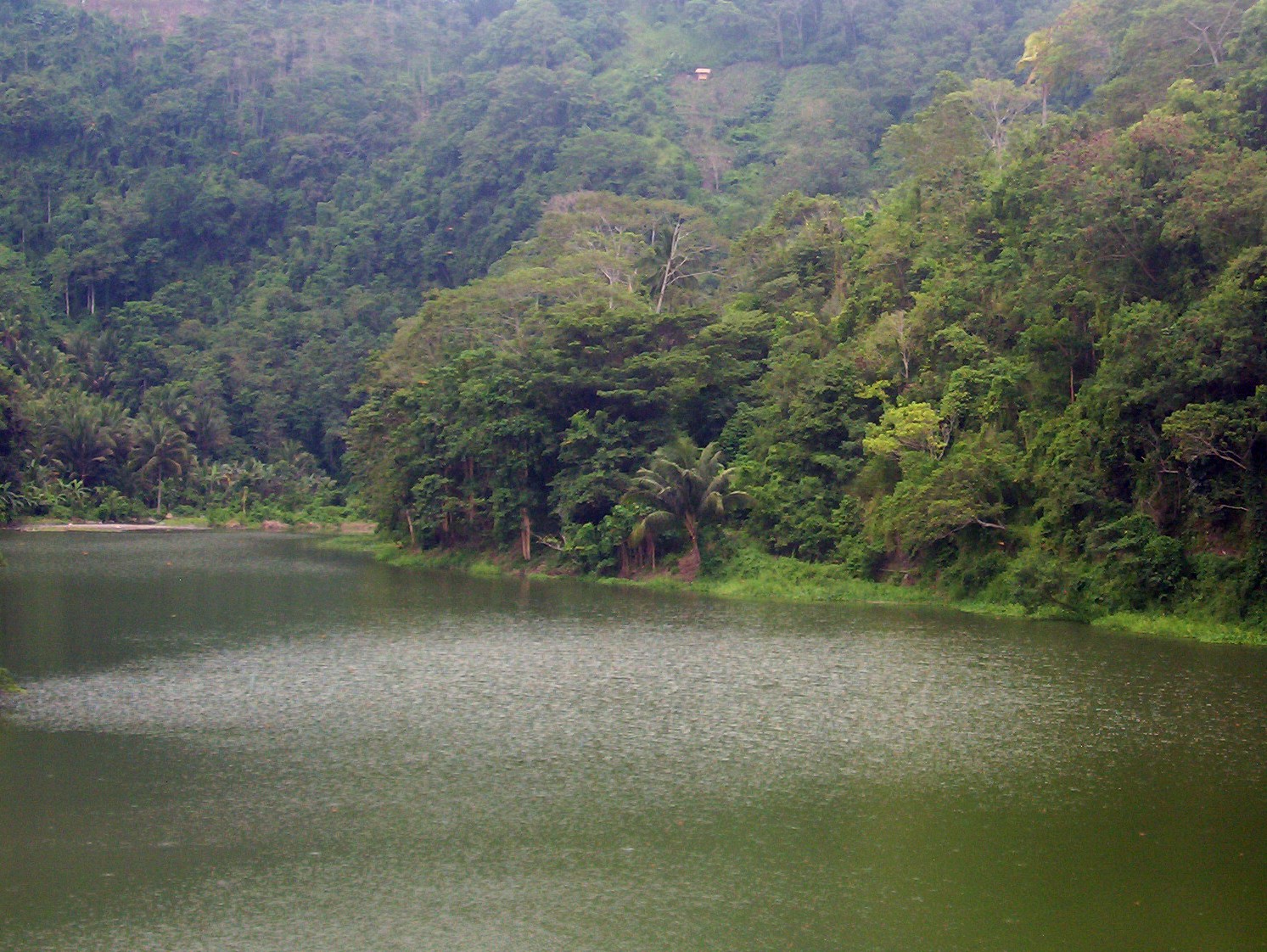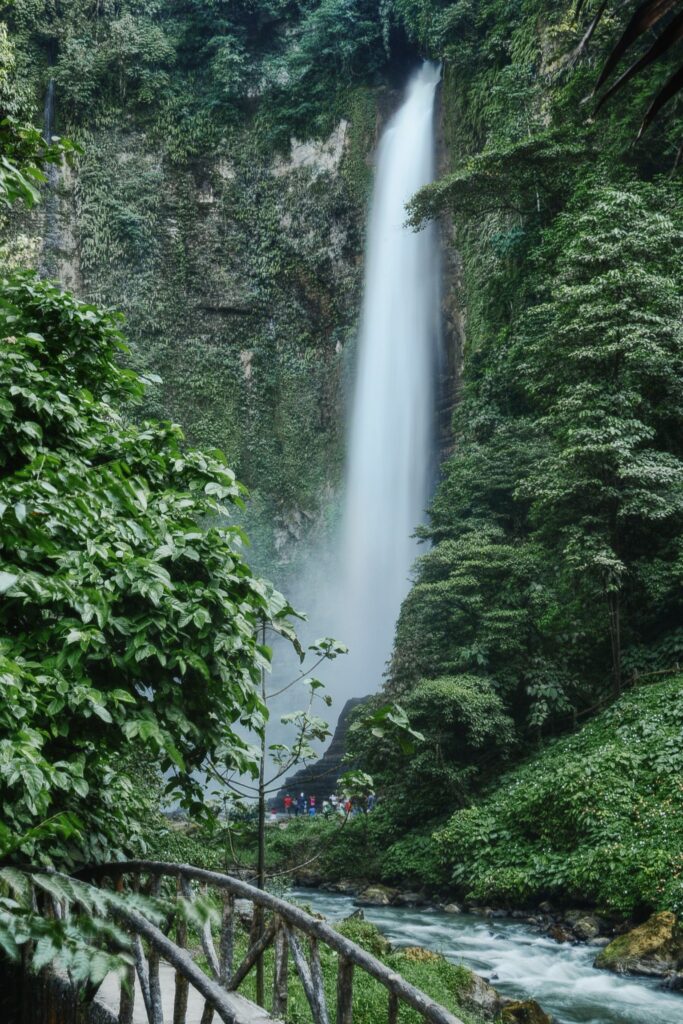Text and Photos by Henrylito D. Tacio
“If we want to be a global leader in climate action, we can start with rehabilitating the Agus-Pulangi power plants in Mindanao. This long-term measure will eventually reduce Mindanao’s reliance on coal, and accelerate our shift to clean energy sources.”
The statement came from Davao City First District Representative Paolo Z. Duterte.
The rehabilitation of the Agus-Pulangi hydropower complex (APHC) should be given top priority by the Marcos administration so that a clean and reliable energy source in Mindanao can be ensured.
In like manner, the rehabilitation will also be beneficial in fighting climate change. “The rehabilitation project would initiate the transition process to low-emission energy sources and will contribute to the country’s commitment toward climate change adaptation and mitigation,” Duterte said in a statement.
The APHC consists of seven run-of-river hydropower plants with a total installed capacity of about 1,001 megawatts (MW). Six of the seven plants are located along the Agus River (whose flows start from Lake Lanao and ends at Iligan Bay), while the seventh is situated on the Pulangi River in Bukidnon.
Water is one of the renewable energy sources that has not been fully tapped until now. Water covers over 70% of the earth’s surface. Electricity produced by water movement has been used for decades. About 16% of the world’s electricity is generated by hydropower.
According to the Washington-based Worldwatch Institute, the world’s top five producers are Canada, China, Brazil, the United States, and the Russian Federation. Several countries, including Brazil and Norway, obtain almost all their electricity from this one source.
Hydropower can be generated by water falls (the first hydroelectric plant was built on Niagara Falls in 1878), rushing rivers and streams, and man-made dams, all of which allow a controlled amount of water to pass through the pipes that spin turbines – creating electricity.
Electric power is measured in units called watts. A watt is equal to one joule per second. The total generating capacity of a power plant is measured in kilowatts (KW) for 1,000 watts and megawatts (MW) for one million watts.
Enormous dams such as the Hoover (1,455 MW) and the Grand Coulee (6,180 MW) produce large quantities of power. “Growing interest in developing hydroelectric power is largely an outgrowth of governments’ desire to be more self-sufficient in energy and to provide low-cost electricity,” wrote Cynthia Pollock Shea in Renewable Energy: Today’s Contribution, Tomorrow’s Promises.


A World Bank report in the 1980s showed the Philippines as one of the “thirteen largest additions to hydroelectric capacity in developing countries.” From an operating capacity of 940 MW in 1980, it went up to 2,195 MW in 1985. In 1998, the total hydropower capacity stood at 2,304 MW, or almost 20 percent of the country’s total installed capacity.
According to the Department of Energy, there are 1,081 hydropower potential sites scattered throughout the country. “Hydropower can produce a lot of megawatts,” then energy undersecretary Rufino Bomasang told a group of community journalists in 994.
Most of the hydropower plants in the country are in the form of a dam that backs up the water and raises the level. The released water falls into a turbine that generates electricity.
“Impounding a river radically changes the surrounding ecosystem,” Shea wrote. “Nutrient-bearing sediments, instead of being deposited on agricultural floodplains and providing food for downstream fish, accumulate behind turbines and dams. Hydroelectric dams may also change the temperature and oxygen content of downstream waters, altering the mix of aquatic and riparian species.”
Smaller hydropower plants, however, do not necessarily require dams. They use a series of pipes with turbines inside, which are turned by the current. During his lecture, Bomasang said that “we have the mini-hydro and micro-hydro plants, with a potential of as much as 200 megawatts in the Cordilleras alone.”
He added, “No rice floods are flooded – just a very short dam to collect and divert the water, use it to turn the turbines, and then return the same amount of water to the creek.”
Indeed, they have less negative impact on the local ecosystem.
But are hydropower plants really environment-friendly? Some scientists believe that hydropower from man-made dams produce significant amounts of carbon dioxide and methane, which are greenhouse gases closely connected to climate change.
“Large amounts of carbon bound up in trees and other plants are released when a reservoir is initially flooded and the plants roots,” Worldwatch points out in a report. “And as plant matter settling on the reservoir bottom decomposes without oxygen, it leads to a buildup of dissolved methane, which is released into the atmosphere when water passes through the dam’s turbines.”

To operate well for many decades, hydro projects require sound management, not just of equipment but of entire watersheds.
“Hydroelectric power will not be truly renewable until the functions of flood control, irrigation, transportation, power production, tree planting, fisheries management, and sanitation are coordinated within the overall goal of maintaining healthy and productive rivers,” Shea reminded.
In the final analysis, however, “hydroelectric power creates virtually no pollution problems,” writes H. Steven Dashefsky, the man behind Environmental Literacy: Everything You Need to Know About Saving Our Planet. “Small-scale projects cause little harm to the environment, but larger projects are environmentally destructive.”

